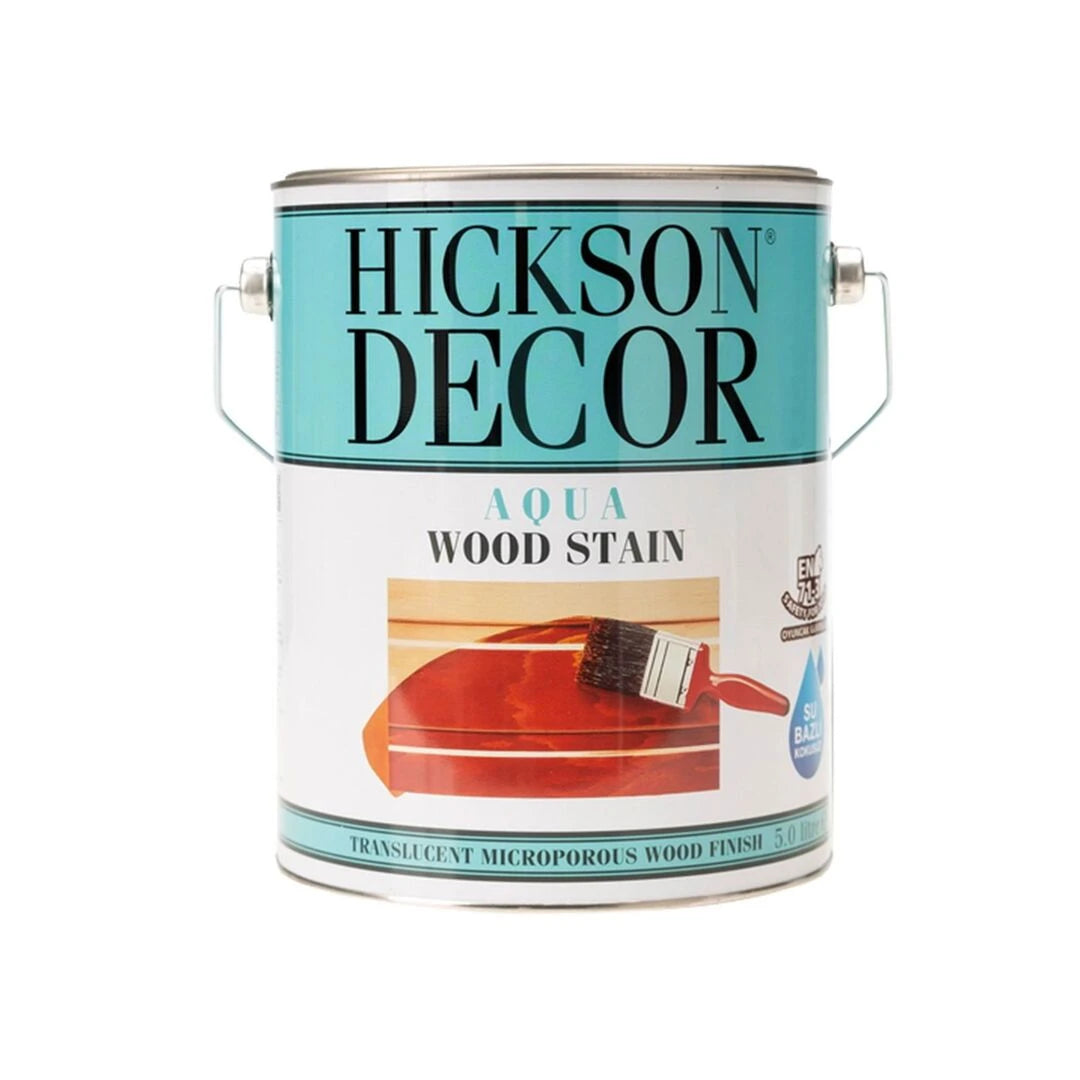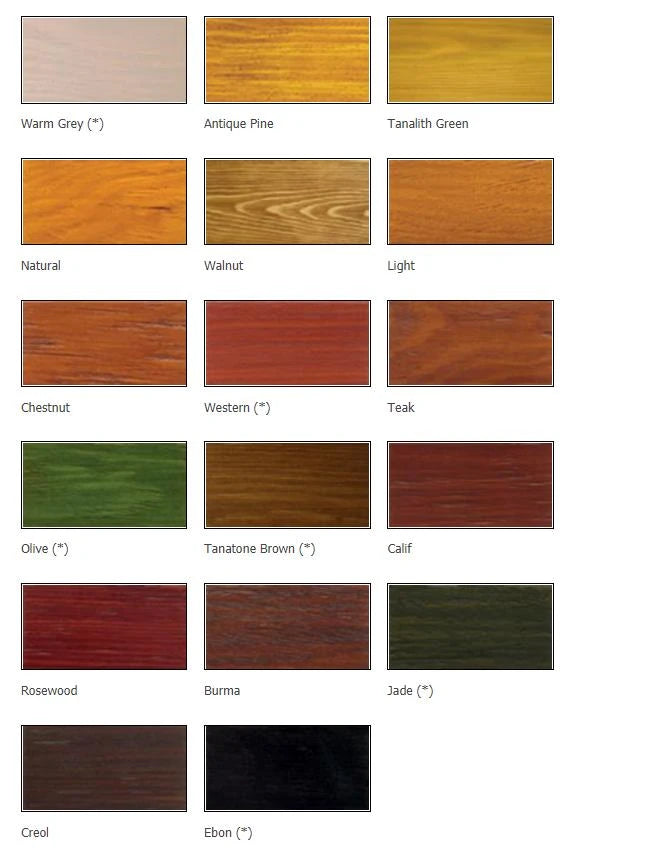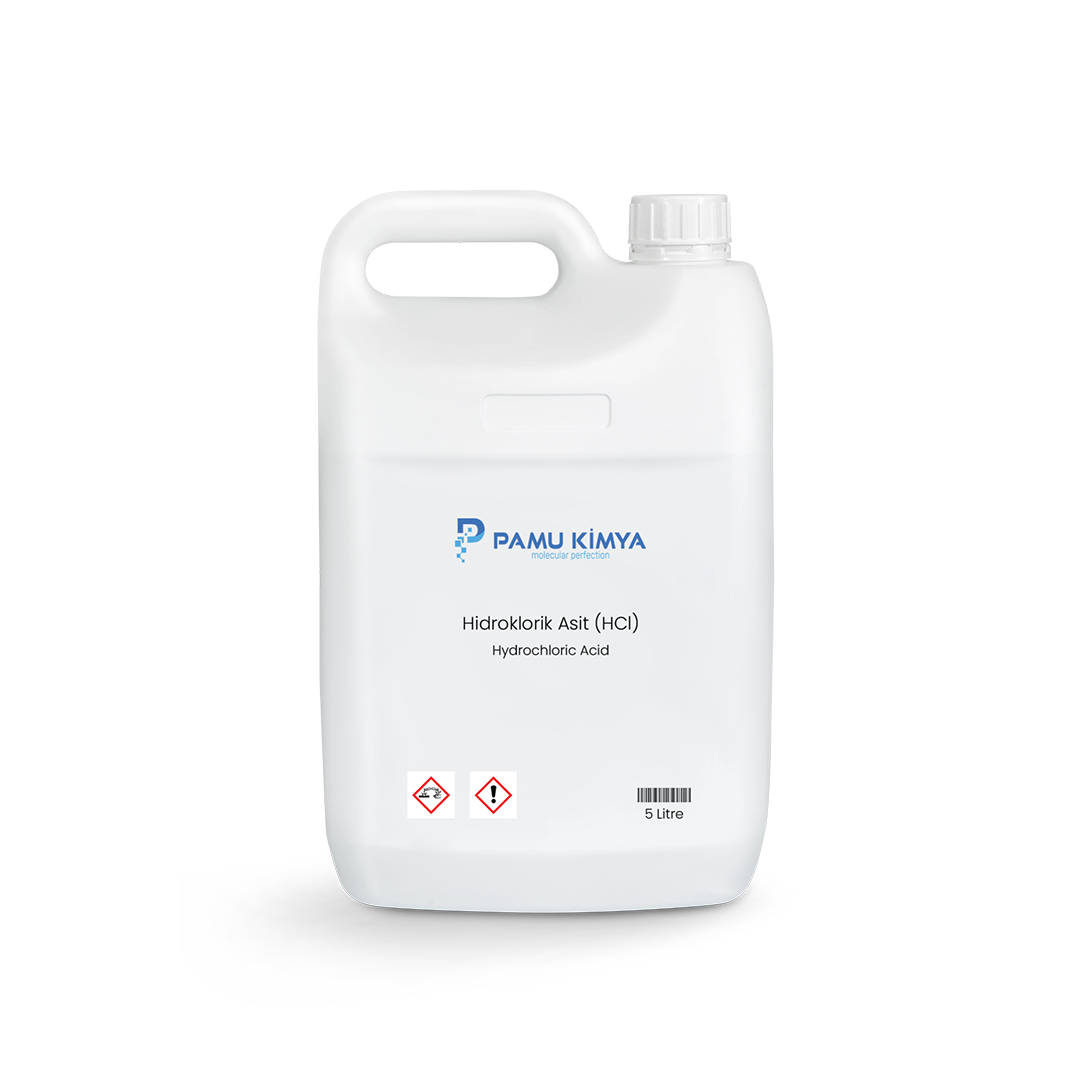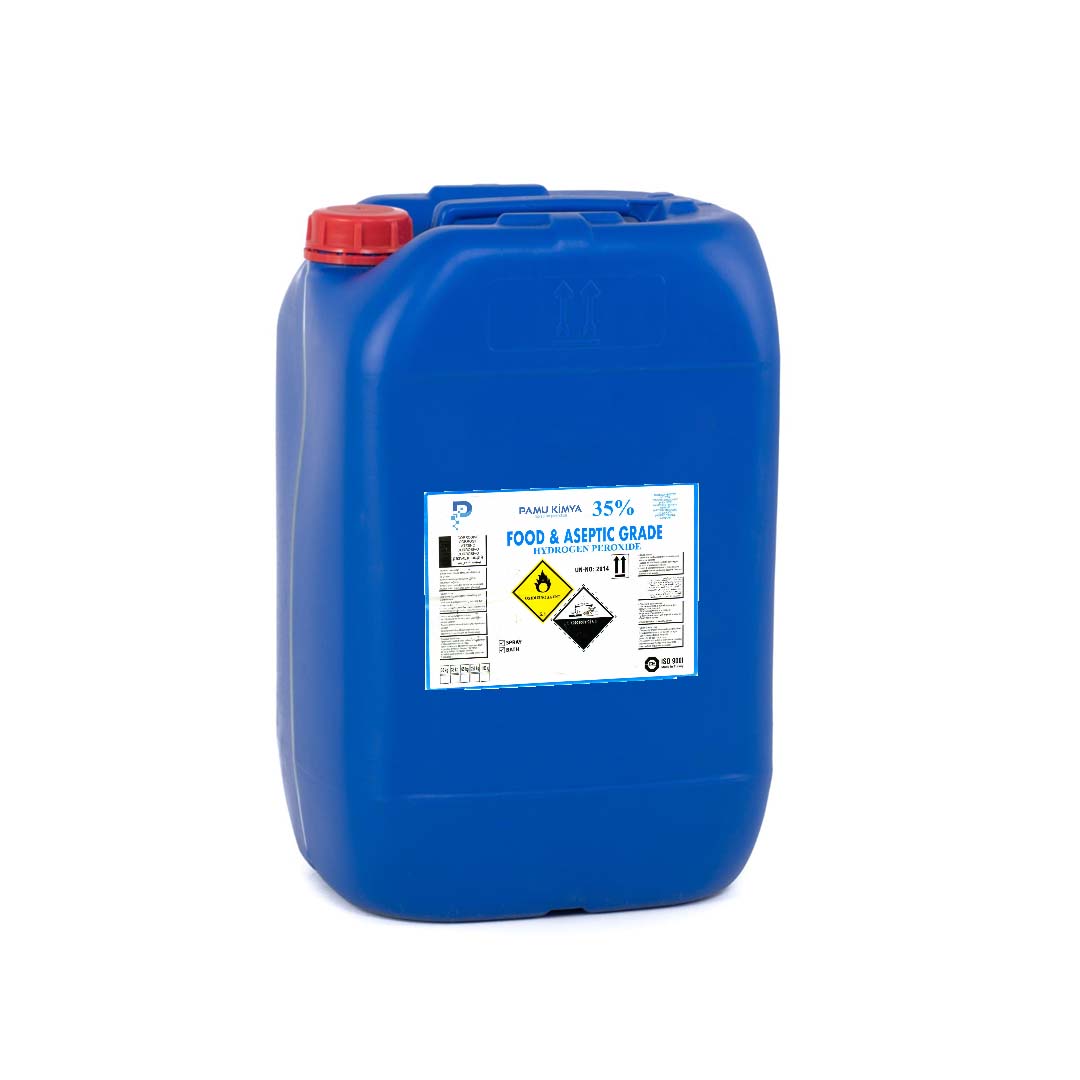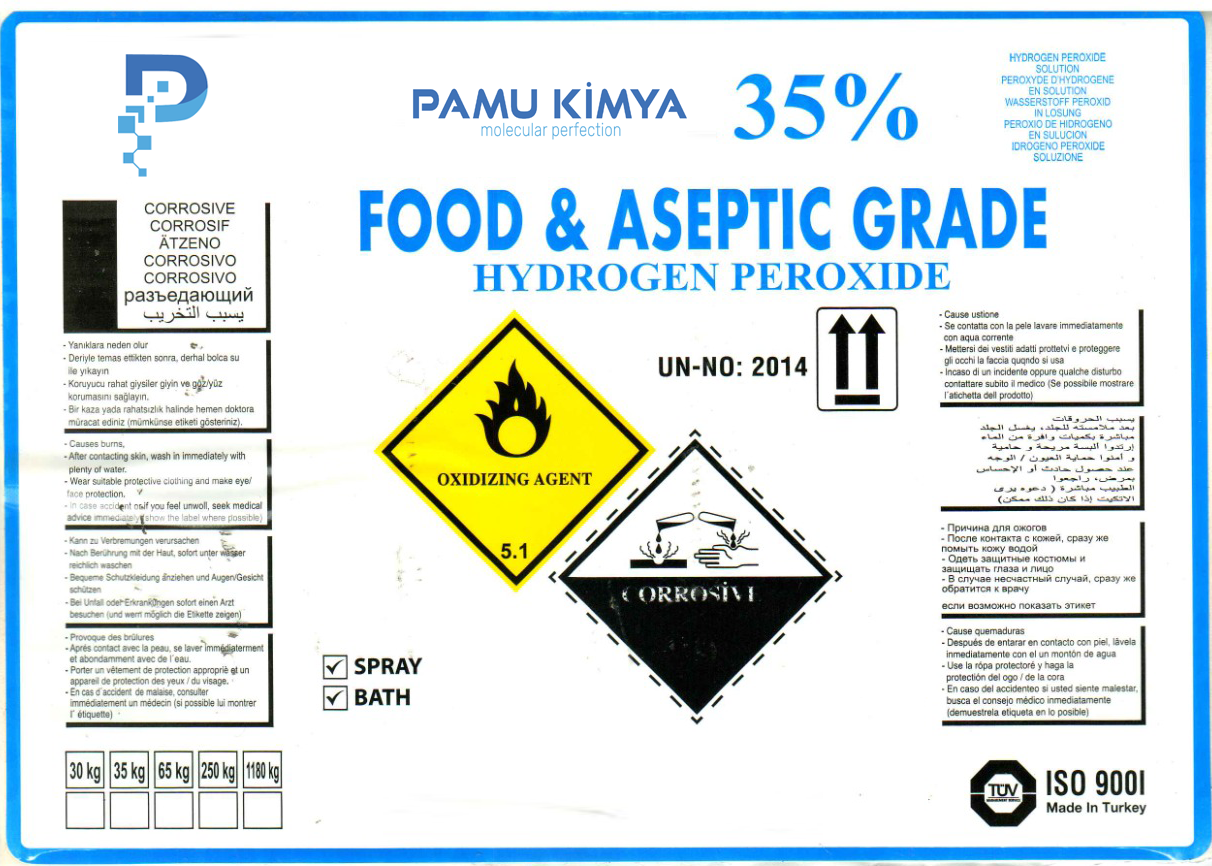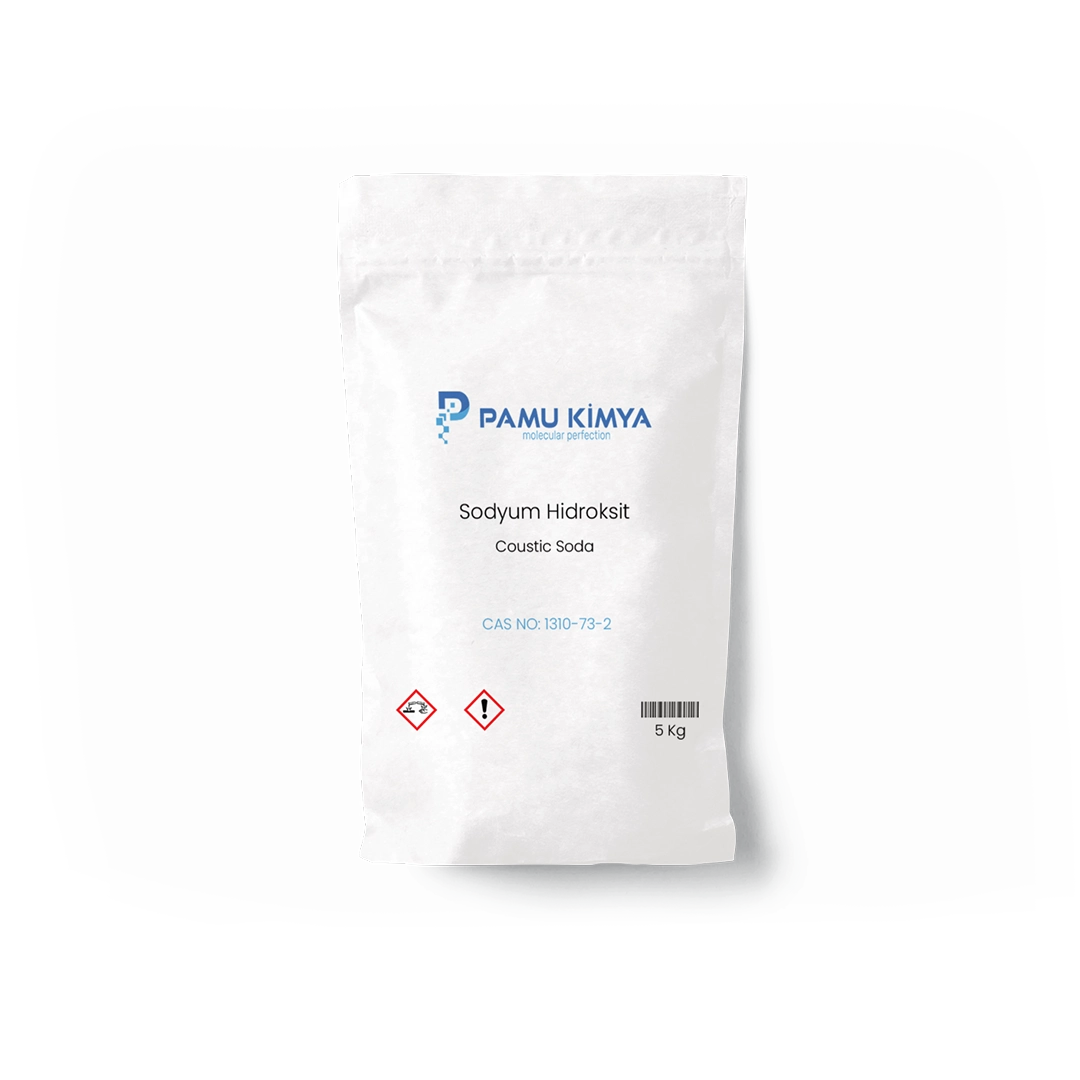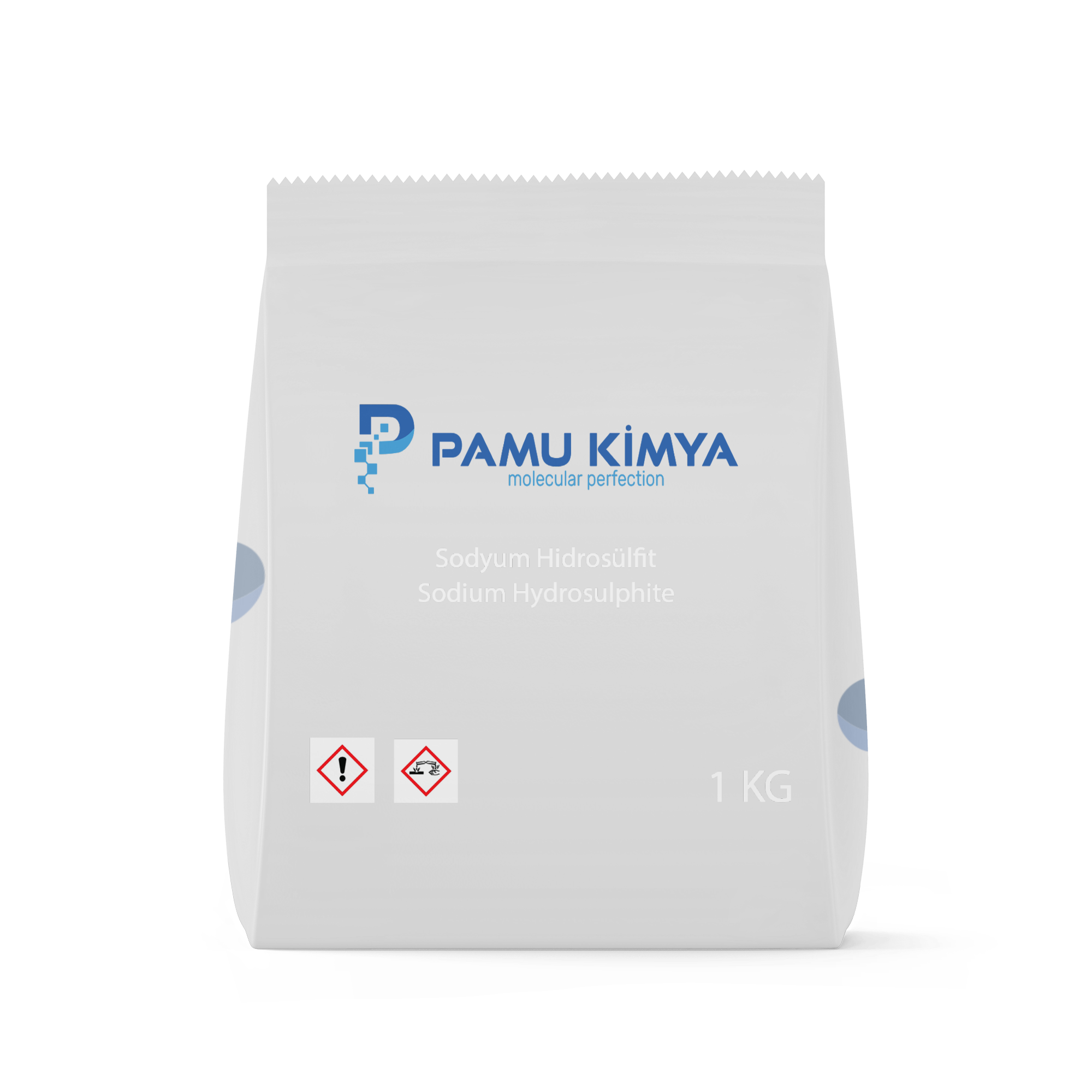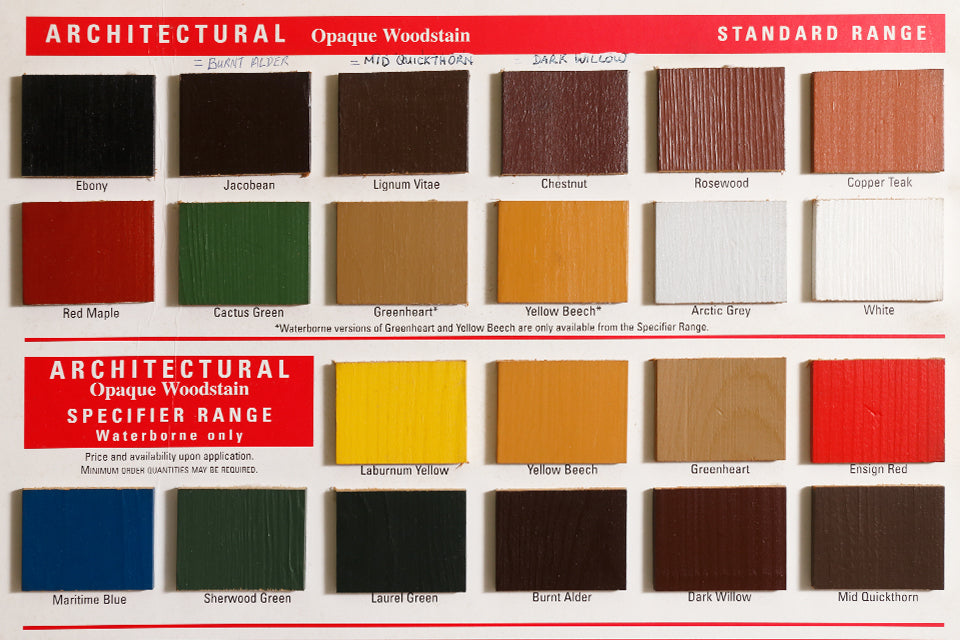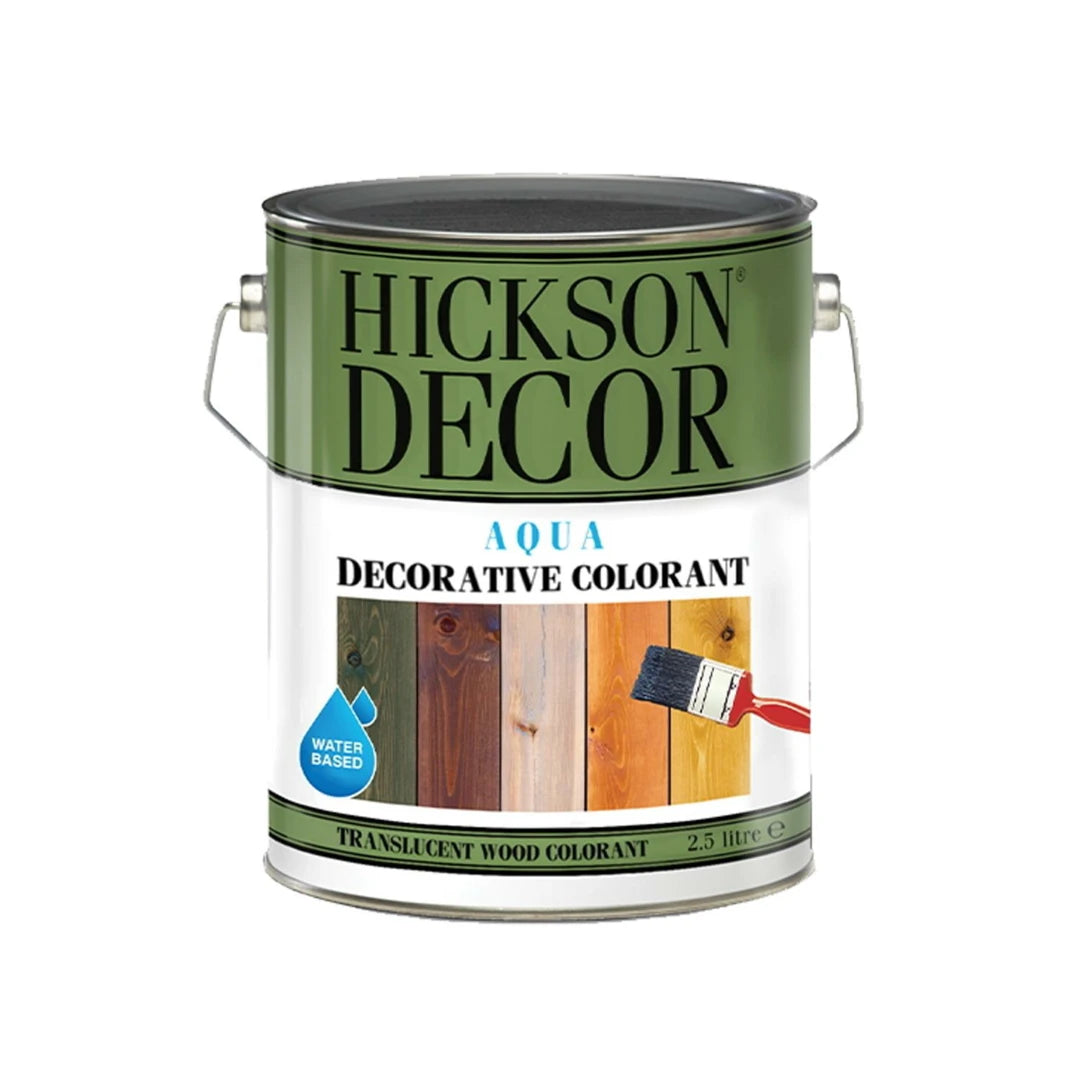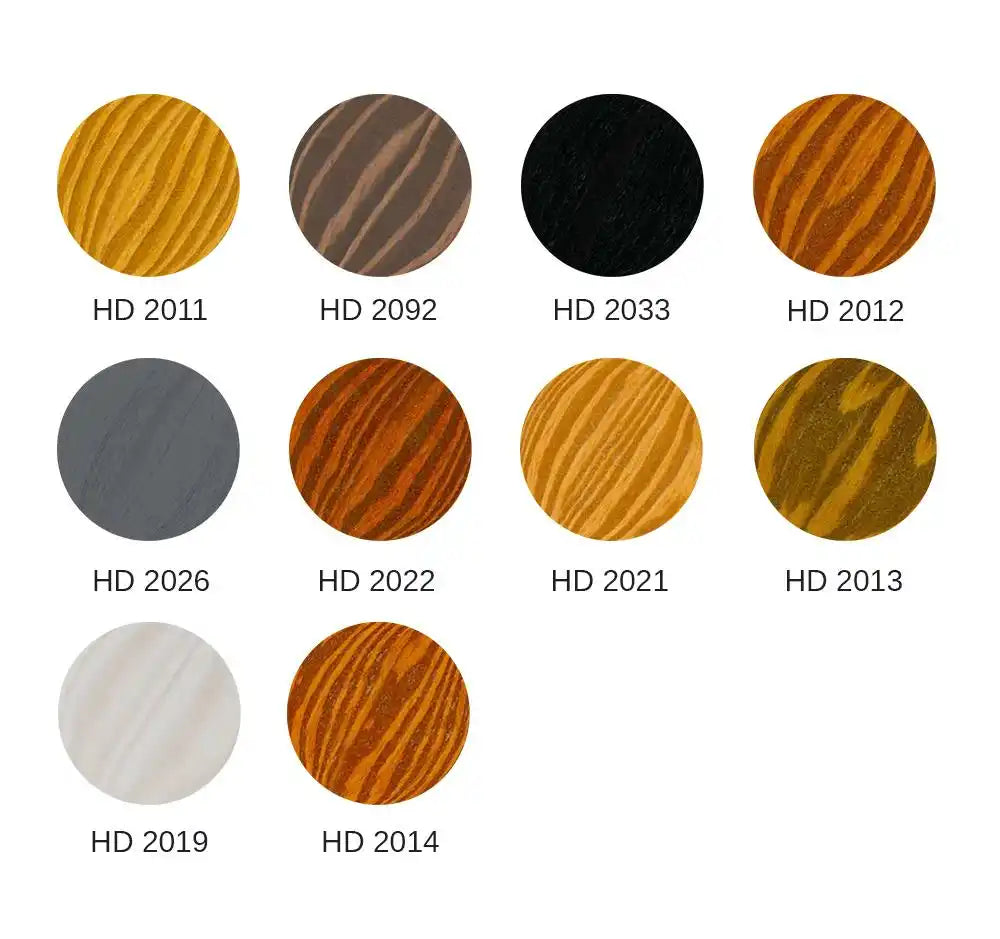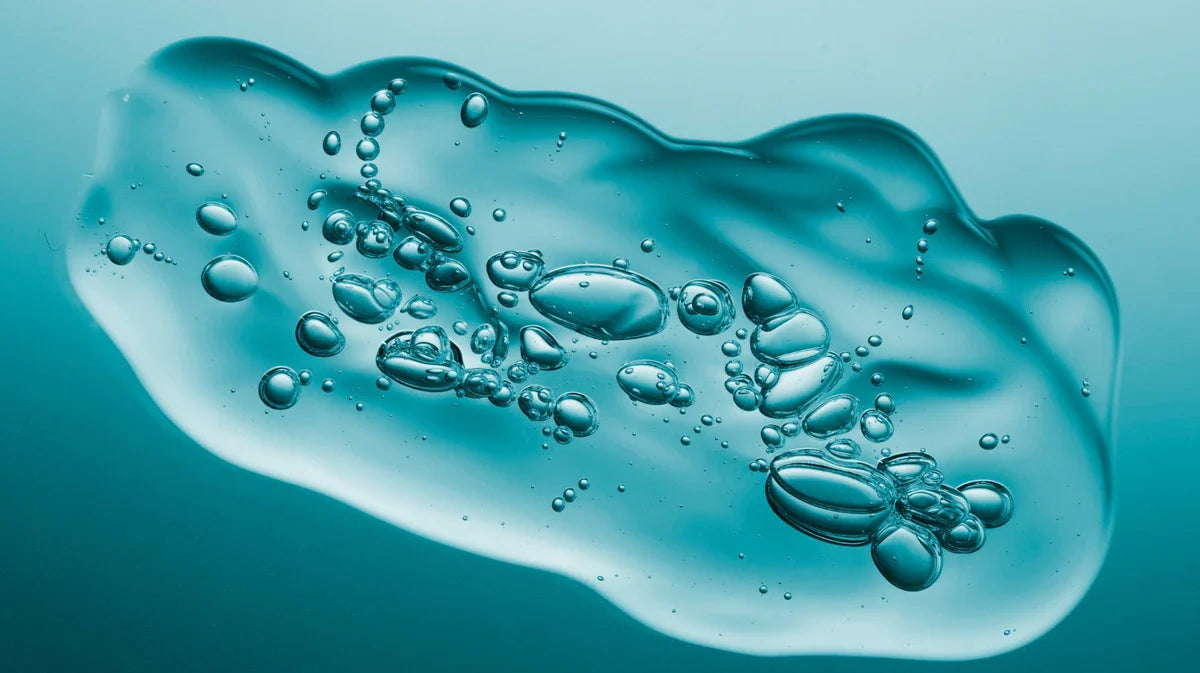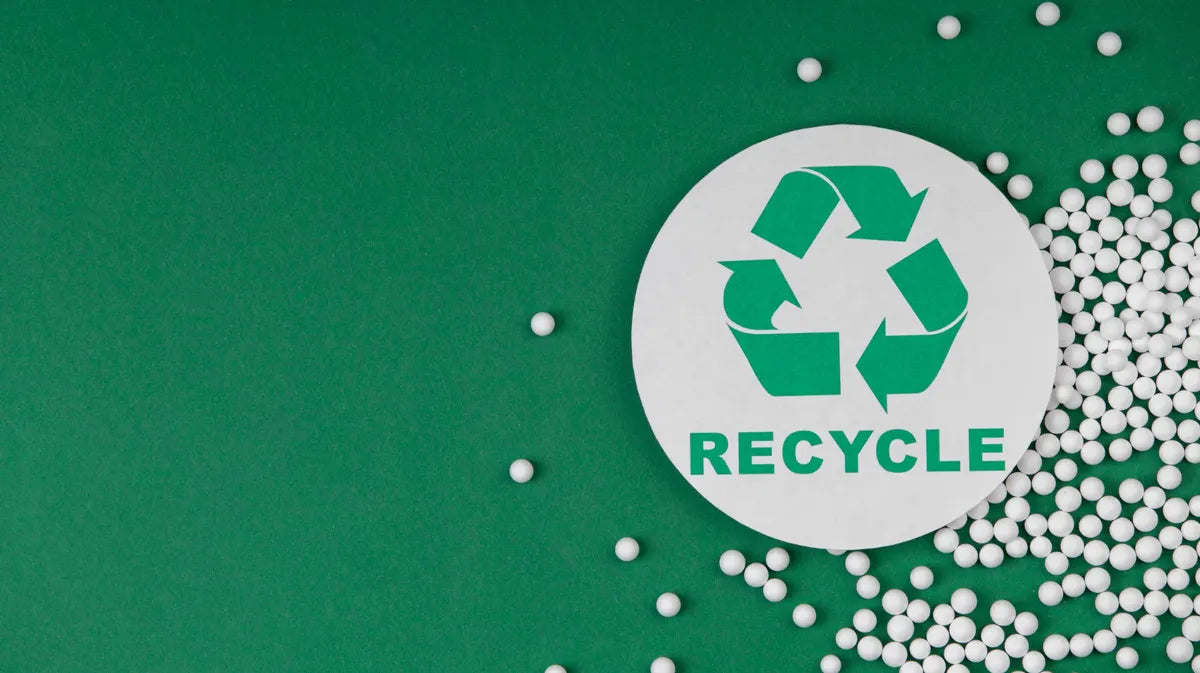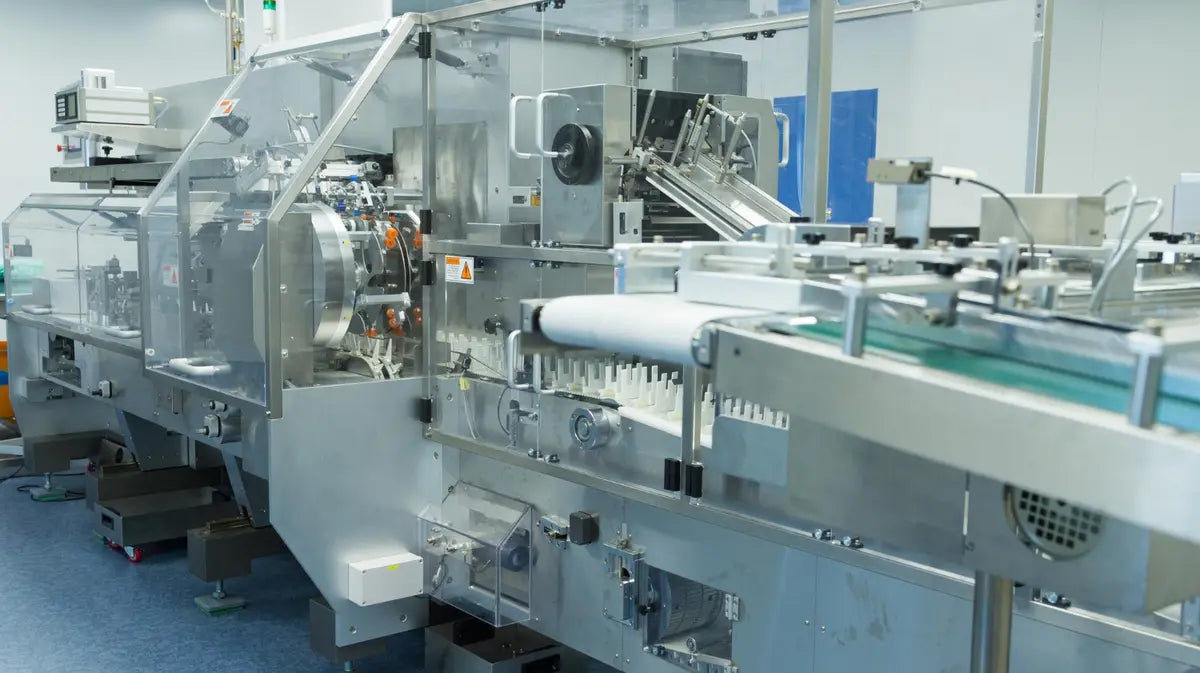
Textiles and Chemistry
Chemicals Used in the Textile Industry
Despite being one of the oldest production areas in human history, the textile industry continues to develop and grow through innovation. Different fiber types, such as cotton, polyester, wool, or silk, are transformed into yarn before entering the fabric production process. However, yarn and weaving alone are not enough. Numerous chemical processes are used to make the fabric usable, aesthetically pleasing, and durable.
Chemicals are used in textiles not only for coloring but also for softening, increasing durability, waterproofing, antibacterial properties, wrinkle resistance, and many other purposes. Therefore, the textile and chemical industries cannot be considered separate.
In this article, we will discuss the chemicals used in the textile industry and their functions in detail.
1. Fiber Preparation Chemicals
Raw fiber is not used directly in fabric production. It must first be cleaned of unwanted substances such as dirt, oil, wax, and dust.
-
Degreasers: Removes natural and artificial oils from cotton or synthetic fibers.
-
Cleaners and detergents: They ensure that the fiber has a pure and white appearance.
-
Antistatic agents: Static electricity generated during fiber processing can cause problems in production. Antistatic chemicals eliminate this problem.
This stage is of critical importance for subsequent dyeing and finishing processes to be more successful.
2. Paint and Printing Chemicals
The most striking aspect of textiles is undoubtedly their color. The dyeing and printing of fabrics are decisive for both aesthetics and quality.
-
Reactive dyes: Create a very strong bond with cotton fabrics. They do not fade when washed and provide long-lasting durability.
-
Disperse dyes: Preferred for synthetic fibers such as polyester. They enable the fabric to be colored with high-temperature resistance.
-
Acid dyes: Used to obtain vibrant colors in protein-based fibers such as wool and silk.
-
Pigment dyes: They remain on the surface of the fabric and are generally used in printing processes.
In addition , the salts, alkaline solutions and auxiliary chemicals used in this process enable the dye to interact better with the fiber.
3. Finishing and Finishing Chemicals
After the fabric is produced, numerous finishing processes are applied before it reaches the end user. These processes give the fabric its functional properties.
-
Softeners: Makes the fabric more comfortable and leaves a pleasant feeling when touched.
-
Water repellent chemicals: They make the fabric of products such as outerwear, coats, jackets or raincoats water resistant.
-
Flame retardants: Used for safety purposes, especially in work clothes and home textile products.
-
Chemicals that provide wrinkle resistance and ease of ironing: Creates comfort of use in products such as shirts and trousers.
-
Shine enhancers: They make the fabric look more aesthetic, especially in the fashion industry.
4. Special Application Chemicals
In textiles, not only aesthetics but also functionality comes to the fore.
-
Antibacterial chemicals: Provide hygiene in sportswear, medical textiles, and baby clothing. Prevent the proliferation of microbes.
-
UV protectors: Provides protection against sunlight, especially in outdoor textiles.
-
Odor inhibitors: Prevents the formation of bad odor in sweat-absorbing fabrics.
-
Nanotechnology-based coatings: Provide stain-resistant, water-repellent or self-cleaning properties to the fabric.
Such innovative chemicals bring together the textile industry not only with fashion but also with technology.
5. Environmental and Sustainable Approaches
One of the most criticized aspects of the textile industry in recent years has been its environmental impact . High water consumption, dye waste, and chemical pollution pose a significant problem. Therefore, the chemical industry has focused on developing environmentally friendly solutions.
-
Enzyme-based processes: Operate at lower temperatures, reducing energy and water consumption.
-
Biodegradable finishing agents: They are biodegradable.
-
Less toxic paints: These are products that are less harmful to human health and the environment.
-
Wastewater treatment chemicals: Enables the water from dyeing and finishing processes to be purified and reused.
Thanks to these approaches, the textile industry becomes both environmentally friendly and economically more sustainable.
6. Textile-Chemical Cooperation
The textile and chemical industries complement each other. The user experience of a fabric is directly related to the chemicals used. When fashion brands want to offer innovative products, they seek new solutions from the chemical industry. For example:
-
Breathable but waterproof fabrics,
-
Medical textiles with antiviral properties,
-
Yarns produced from recycled materials,
is entirely the result of chemical innovations.
Conclusion
The chemicals used in the textile industry determine the quality, aesthetics, and functionality of a product. However, simply producing durable and stylish products isn't enough these days. Environmentally friendly, sustainable, and innovative solutions are also at the forefront.
The chemical industry shapes not only today's fashion but also the fashion of the future with its innovative contributions to textiles.

